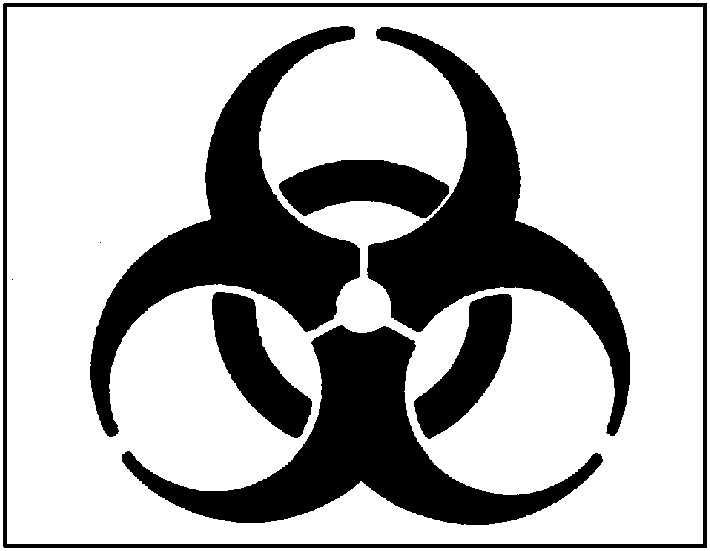An exposure incident is specific eye, mouth, other mucous membrane, non-intact skin, or parenteral contact with blood or other potentially infectious materials that results from the performance of an employee’s duties. Examples of exposure incidents include:
-
A puncture from a contaminated sharp;
-
An emergency responder getting blood or OPIM in a cut or in the mouth while administering first aid or CPR to an injured employee; or
-
Maintenance or janitorial personnel getting blood or OPIM in a cut or open sore while cleaning up following an incident.
Employees should immediately report exposure incidents. This allows for timely medical evaluation and follow-up by a health care professional as well as for timely testing of the source individual’s blood for HIV and HBV. Reports must be treated by employers in the strictest confidence.
Evaluating the incident
It is the employer’s responsibility to establish procedure for evaluating exposure incidents. When evaluating an exposure incident, thorough assessment and confidentiality are critical issues. At the time of the exposure incident, the exposed employee must be directed to a health care professional. The employer must provide the health care professional with a copy of the bloodborne pathogens standard, a description of the employee’s job duties as they relate to the incident, a report of the specific exposure (accident report), including route of exposure, and relevant employee medical records, including hepatitis B vaccination status.
The medical evaluation and follow-up must at the very least:
-
Document the routes of exposure and how exposure occurred.
-
Identify and document the source individual if feasible and not prohibited by law.
-
Obtain consent and test source individual’s blood as soon as possible to determine infectivity and document the source’s blood test results. Testing cannot be done in most states without written consent. If consent is not obtained, the employer must show that legally required consent could not be obtained. Where consent is not required by law, the source individuals’s blood, if available, should be tested and the results documented.
-
If the source is known to be infectious for HBV or HIV, testing need not be repeated to determine the known infectivity.
-
Provide the exposed employee with the test results and information about applicable disclosure laws and regulations concerning the source identity and infection status.
-
Obtain consent, collect, and test exposed employee’s blood as soon as possible after the exposure incident.
-
If the exposed employee consents to baseline blood collection but does not consent to HIV serologic testing, the employee’s blood samples must be preserved for at least 90 days. If, within 90 days of the exposure incident, the employee agrees to have the baseline sample tested, such testing shall be conducted as soon as feasible.
Following the post-exposure evaluation, the health care professional will provide a written opinion to the employer. This opinion is limited to a statement that the employee has been informed of the results of the evaluation and told of the need, if any, for further evaluation or treatment. All other findings are confidential. The employer must provide a copy of the written opinion to the employee within 15 days of the evaluation.


